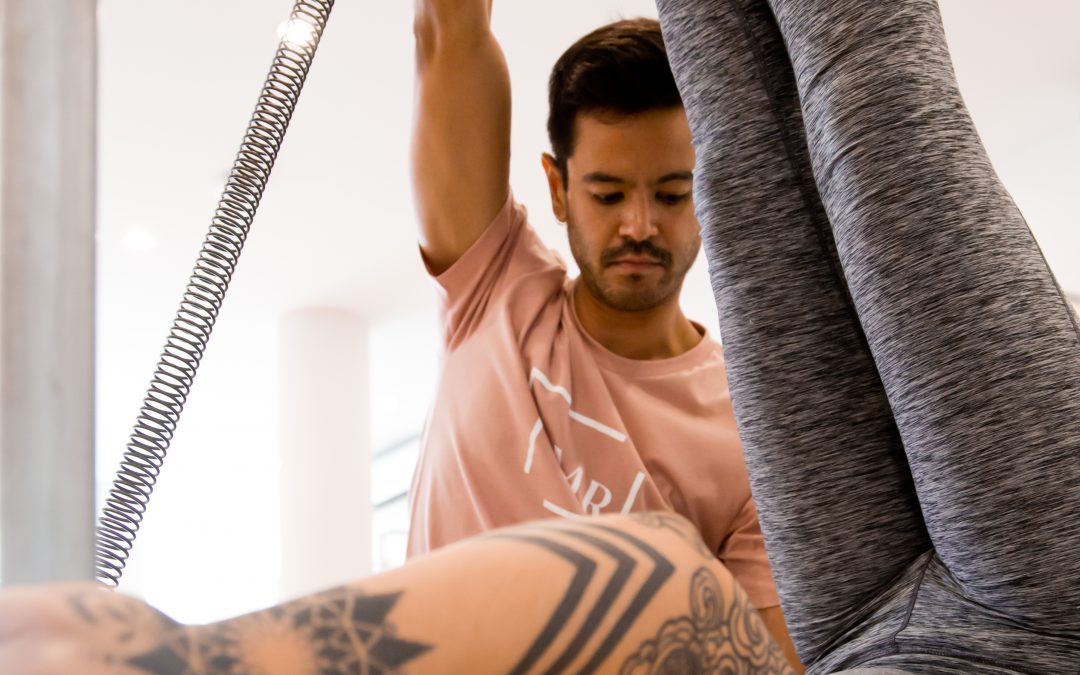
Although largely unheard of, The Franklin MethodⓇ has been in Australia for close to twenty years and is highly regarded overseas as a method that equips Pilates, Dance and Yoga teachers with ‘something special’ by way of understanding not just the body but how all the systems come together to produce clear movement and a life of comfort and ease.
As a Pilates teacher inspired by the healing power of movement and effective communication, last year I completed an 18 month certification as a Franklin Method Ⓡ educator. Initially, I signed up to the course for my own learning … quickly I saw how much our clientele benefited from the Classical Pilates method when underpinned by the Franklin Method.
What is the Franklin Method?
Founded by Eric Franklin of Switzerland in 1994, The Franklin Method is now taught all over the world including the Universities of Vienna, Cologne, Karlsruhe and the Juilliard School in New York.
I take it for granted that we all speak movement educator but much of the Franklin Method is based on imagery.
In everyday lingo, imagery is ‘visually descriptive or figurative language, often in literary work’. In the world of TMR, when we use general imagery (as above) and make the output about movement. Take doing a pelvic tilt for example, we can ask you to think about objects that tilt and move and apply them to this Pilates exercise; by using imagery and tying it with your personal anatomy and movement you are able to execute a physical task potentially with more efficiency and ease.
Have you heard of the term neuroplasticity?
It’s what brain trainers and brain games (mental or physical) are based on …. the idea that we can change a ‘neural pathway’ positively and permanently. By participating in particular exercises you can impact both brain structure and function to improve your quality of life.
Well…
Another side to this is ‘practical’ or applied neuroplasticity and this is where the Franklin Method leads the field (in my opinion). The method marries the concepts of imagery with personal anatomy knowledge to create positive long-term change, this is known as Dynamic Neurocognitive Imagery or DNI.
I’ll be writing more soon, so now that you know the basics, watch out for upcoming posts that discuss the method and how sessions at The Movement Refinery can add a spring to your step.
If you can’t get to the studios for classes, subscribe to TMRNOW+, you’ll find a host of videos we offer in sitting, standing, lying on the ground with and without props. Voila, physical and mental freedom!
Chris

